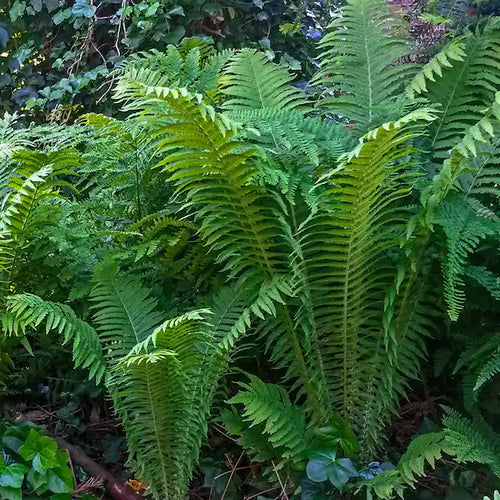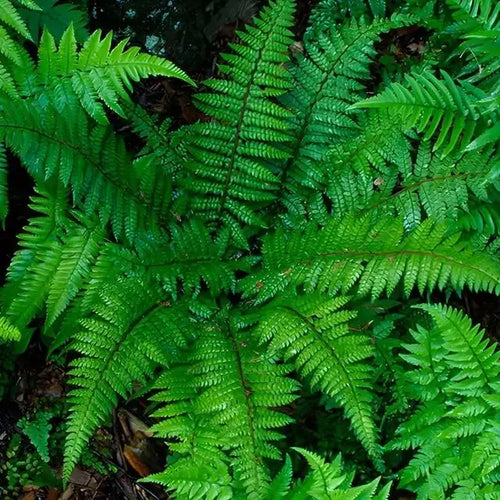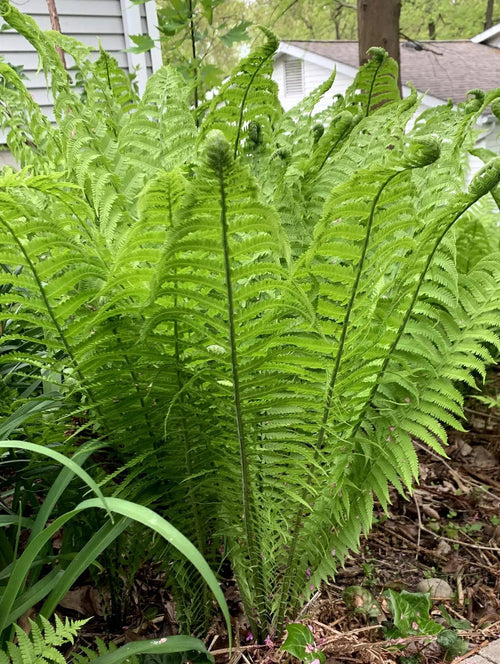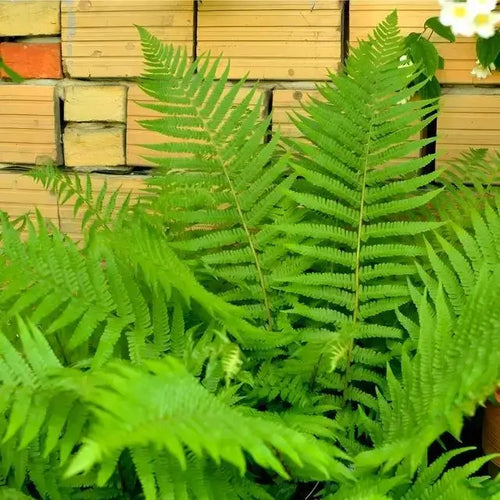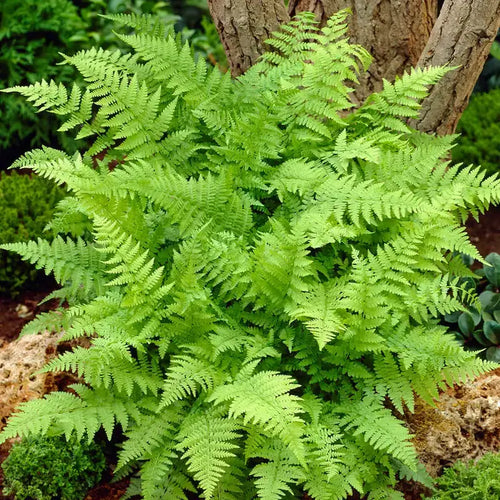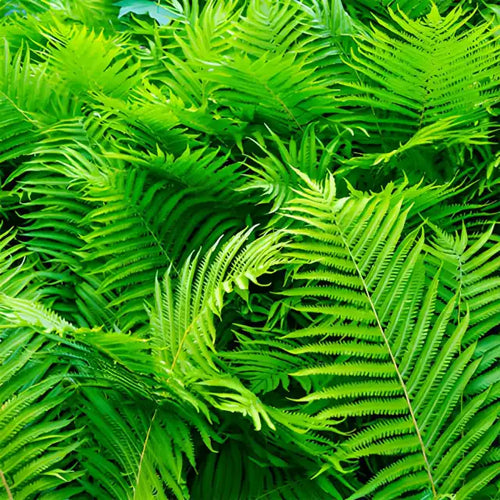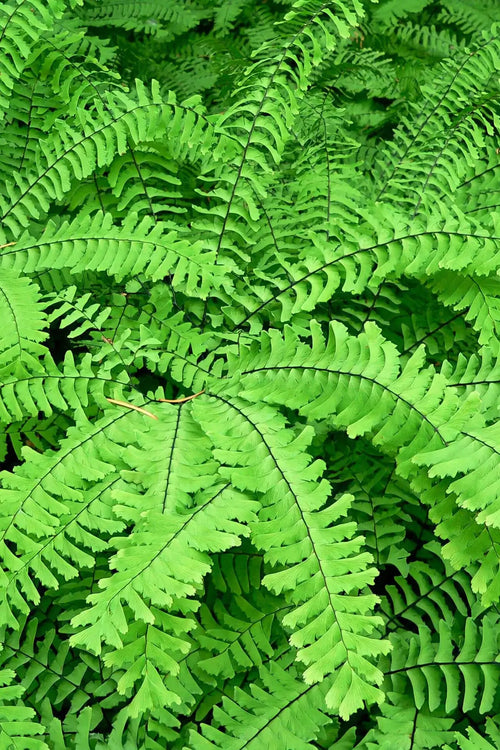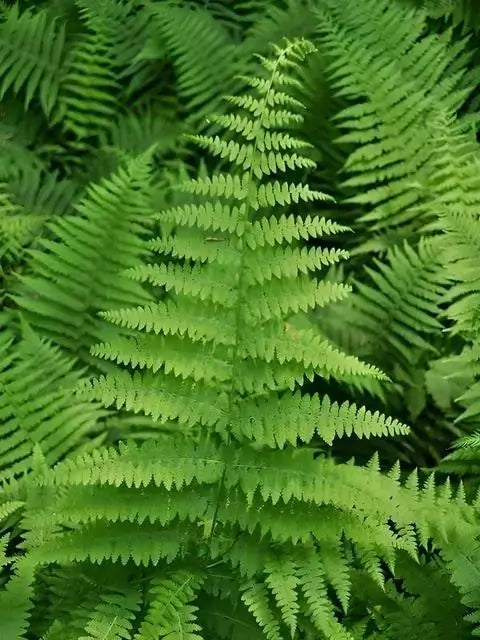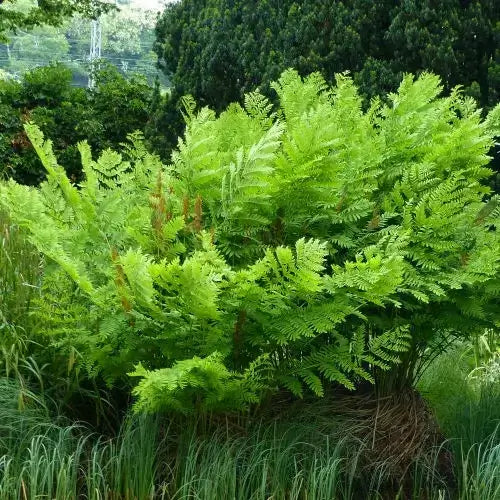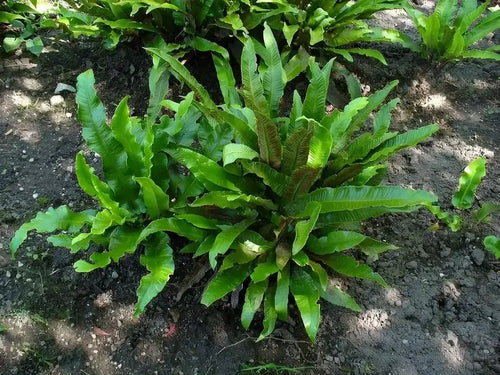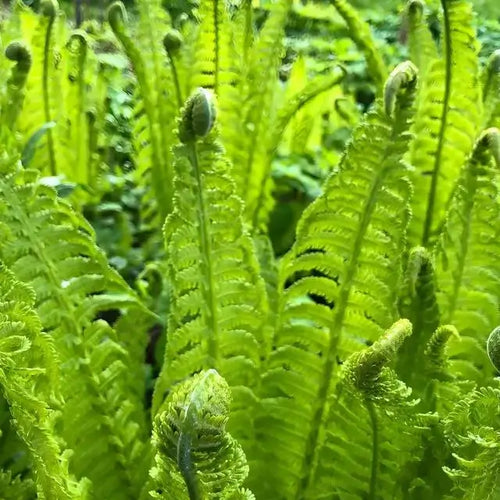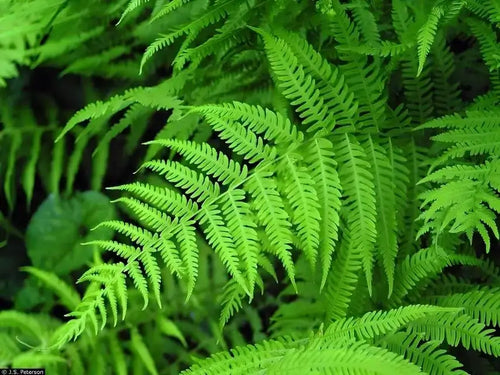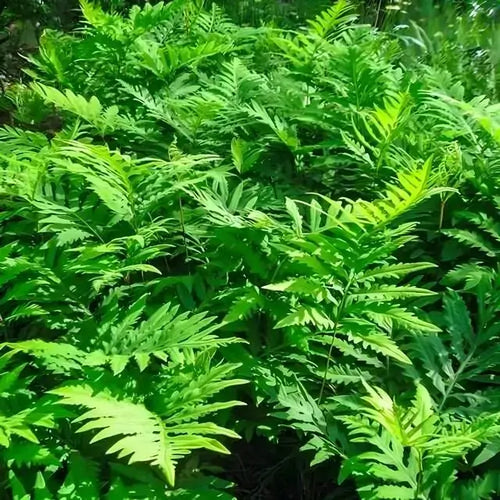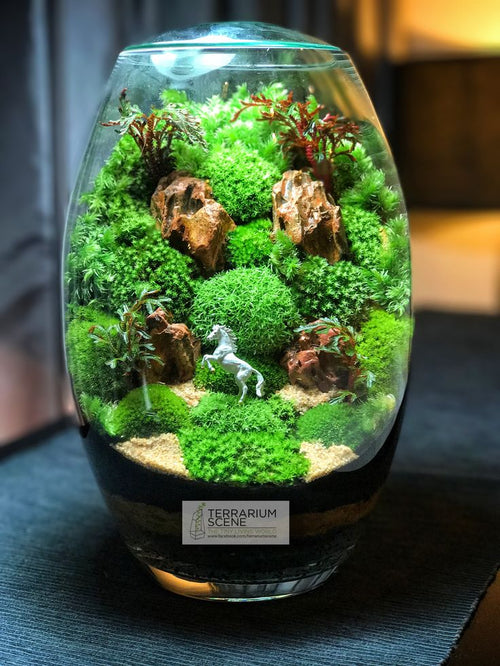Filters
Shade ferns are some of the most popular plants for filling out darker parts of the garden. With a stunning variety and low-maintenance reputation, they're a simple, easy way to test out your green thumb.
Hundreds of gardeners trust TN Nursery to supply the highest-quality ferns on the market. We've spent three generations growing the best possible stock to supply our customers with healthy, happy plants.
The Magic Of Shade Ferns For Low-Light Backyards
Who said shade gardening had to be complicated? With low-light ferns from TN Nursery, you can spruce up the yard with a variety of cultivars. These adaptable plants can fit all sorts of planting zones and add a touch of native greenery to landscape beds, gardens, and wildlife plots.
You may want a shade-tolerant fern for many reasons:
1. Adding more greenery in hard-to-landscape areas. Ferns often thrive in places that other plants cannot.
2. Taking advantage of damp, waterlogged areas. Many shade-tolerant ferns enjoy having 'wet feet.'
3. Growing low-maintenance, long-lasting plants. All of our cultivars are extremely pest and disease-resistant, with some evergreen species lasting years at a time.
Please keep in mind that TN Nursery ships shade-tolerant ferns to gardeners in all 50 states.
Best-Selling Shade Ferns From TN Nursery
Our company specializes in native fern species specifically designed to thrive in lower light. Our hale and hearty cultivars are available in all hardiness zones, including the bestsellers listed below.
Cinnamon fern: This is a deciduous fern with lots of character, especially with its dark brown fronds.Bracken fern: A widespread species with widespread appeal, it's hard to go wrong with the bracken fern.
Sensitive fern: Contrary to its descriptive name, the sensitive fern is actually quite hardy. Touching the fronds will result in 'curling,' which only adds more appeal to this shade-tolerant plant.
If you're looking for a fern to keep inside, you may want to consider our terrarium plant kit. This is an easy method of bringing the outside in (without buying a grow light or a specialty pot).
Not sure how to approach the planting process? TN Nursery has you covered. We offer planting videos and video instructions to make your next transplant as stress-free as possible.
Shade Ferns Withstand The Test Of Time
Not all shade-tolerant ferns will survive their first year — but at TN Nursery, it's 100% guaranteed. Each plant comes with a one-year warranty to ensure a successful growing season. With us, you're not just getting a fern for your garden — you're investing in success with our qualified team.

